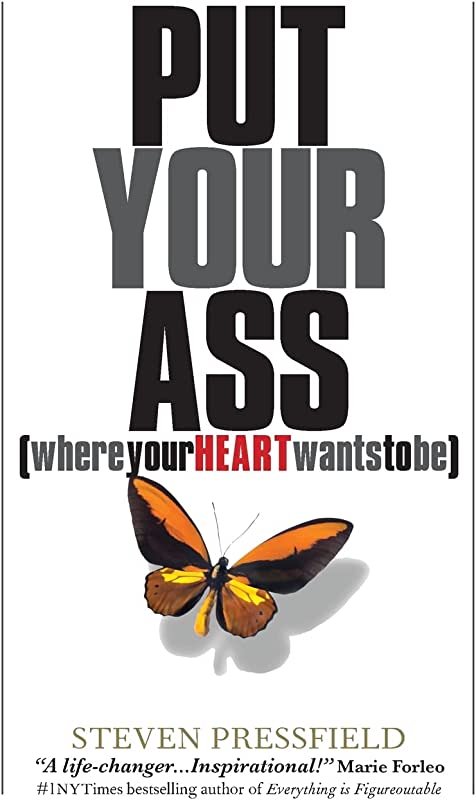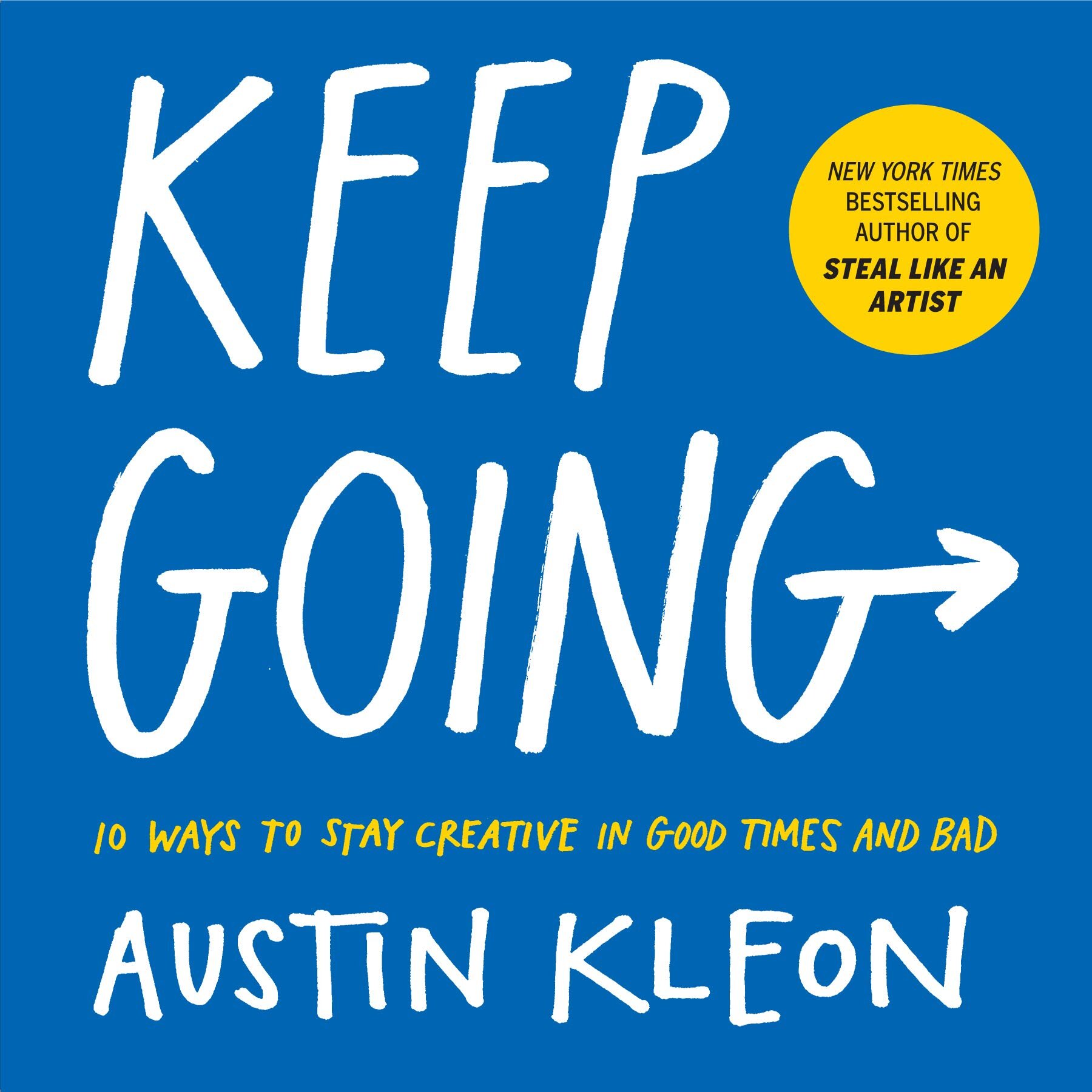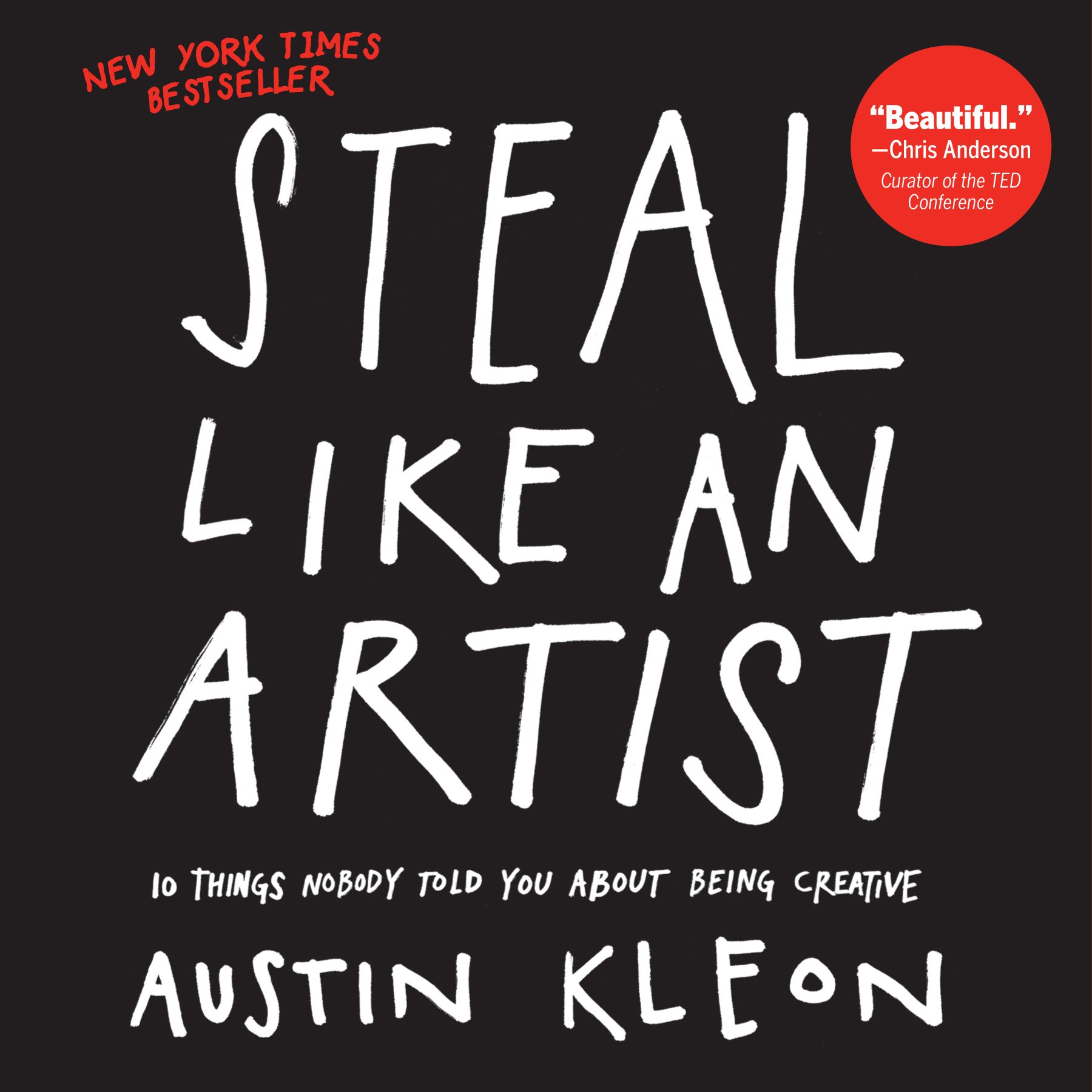Chronicles: Volume One – by Bob Dylan
Date read: 11/23/18. Recommendation: 8/10.
Dylan’s career is a master class in embracing the impermanence of identity and authenticity. The fragments of himself that he brought to life shows he understands this in a deep way. Dylan resonates with people because his songwriting tracks his own development as a human being. His songs reflect who he was–his observations, experiences, and imagination–and who he refused to be at each point in time. In Chronicles, it helps to be familiar with Dylan’s work since the chapters jump between different points of his career and he name-drops dozens of obscure folk artists. If that’s not your thing, it’s still worth reading. Just don’t get hung up on the dense sections. Dylan, full of complexity and brilliance, offers insight into creativity, identity and human nature. Chronicles will challenge the way you think and force you to consider things through a new lens–perhaps the highest compliment a book can receive.
See my notes below or Amazon for details and reviews.
My Notes:
Mentors and Influences:
Woody Guthrie: Dylan attributes his beginnings directly to Woody. The course of his life changed when he first heard him on a record in Minneapolis. Felt Woody had such a grip on things and a fierce poetic soul. On criticism that Dylan was trying too hard to be like Guthrie at the beginning of his career: “I wasn’t trying to fool anybody. I was just doing what I could with what I had where I was.”
Dave Van Ronk: “Dave got to the bottom of things. It was like he had an endless supply of poison.” Strong feeling of kinship, because Van Ronk took Dylan in and gave him a real stage with a real audience (Gaslight), a place to crash, showed him around Greenwich Village.
Van Ronk mastered his audience in a way that Dylan would take inspiration from. Would stare intently at someone in the crowd like he was singing just to them. He never phrased the same thing the same way twice.
Gorgeous George: Wrestler who visited Hibbing in mid-50s, walked by Dylan performing in the lobby of the National Guard Armory. Winked and said “you’re making it come alive.” All the recognition he would need for years to come.
“Sometimes that’s all it takes, the kind of recognition that comes when you’re doing the thing for the thing’s sake and you’re on to something–it’s just that nobody recognizes it yet.”
Johnny Cash: “He sounds like he’s at the edge of the fire, or in the deep snow, or in a ghostly forest...”
Environment:
Importance of being in the right place. He moved to Minneapolis to find something new and get away from Hibbing. “Nobody was there to greet me and nobody knew me and I liked it that way.”
Then he moved to New York to be closer to the singers he’d heard on records.
Early days when he got a regular gig at the Gaslight he was completely content. “I could breathe. I was free.”
Authenticity:
“It wasn’t money or love that I was looking for. I had a heightened sense of awareness, was set in my ways, impractical and a visionary to boot. My mind was strong like a trap and I didn’t need any guarantee of validity.”
“There were a lot of better singers and better musicians around these places but there wasn’t anybody close in nature to what I was doing. Folk songs were the way I explored the universe. They were pictures and the pictures were worth more than anything I cold say. I knew the inner substance of the thing. I could easily connect the pieces.”
Meaning > Influence. “Most of the other performers tried to put themselves across, rather than the song, but I didn’t care about doing that. With me, it was about putting the song across.”
Never accepted roles placed upon him. More of a cowboy or rebel than a Pied Piper and the voice of a generation that people wanted him to be.
In an effort to create breathing room for himself and his family, he did things out of left field to confuse people. Recorded country album, used a different voice.
Authenticity can be deception (crafting alternate identity) if you know your intentions. Dylan’s were noble, protecting his family, his privacy, create space so he could get back to experiencing, observing, and creating art.
*Benjamin Franklin did this same thing as Silence Dogood and the personas he crafted to submit essays to his brother’s paper.
Much of Dylan’s art and identity centered around who he refused to be at specific points in time and who he wasn’t. And in a backwards way, this revealed truths about him and breathed a different type of authenticity into his work.
Books/Reading:
Foundation that allows you to piece together your own identity/philosophy.
Dylan tore through books in his early days in New York. Whatever happened to be at the house he crashed at...philosophy, history, political, novels, poetry.
Couldn’t put into words what he was looking for at the beginning of his career so he searched for the principles and outline of it in books.
Machiavelli - it’s better to be feared than loved. Dylan - someone who is loved can inspire more fear than Machiavelli ever dreamed of.
Songwriting:
Happens in degrees, don’t just wake up one day and decide you want to write songs.
If you want to resonate with people, help them discover parts of themselves that they didn’t know were there.
Understanding and articulating the complexities and vagaries of mankind: “I wanted to understand things and then be free of them. I needed to learn how to telescope things, ideas. Things were too big to see all at once, like all the books in the library–everything laying around on all the tables. You might be able to put it all into one paragraph or into one verse of a song if you could get it right.”
Full complexity of human nature was template behind everything he would write. *Everything around him in the modern world, with all its myths, seemed absurd.
“Creativity has much to do with experience, observation and imagination, and if any one of those key elements is missing, it doesn’t work.” During the Woodstock years, it was impossible for him to observe anything without being observed.
Observation: things you see or hear outside yourself can influence your work. Dylan didn’t feel like he was in every song. But he didn’t feel like he needed to be.
Relaxed concentration: Working on songs for what would become “Oh Mercy” album. “It’s not like they’d been faint or far away–they were right there in my face, but if you’d look too steady at them, they’d be gone.”
Channeling personas into songs: Early days in NYC went to a musical production at a theater featuring songs composed by playwright Bertolt Brecht. Intensity and tough language of the songs drew Dylan in. Singers were thieves and scavengers, roared and snarled. Were like folk songs but more sophisticated. “Each phrase comes at you from a ten-foot drop...”
Transcending the Fundamentals:
“Folk music was all I needed to exist. Trouble was, there wasn’t enough of it. It was out of date, had no proper connection to the actualities, the trends of the time. It was a huge story but hard to come across. Once I’d slipped beyond the fringes it was like my six-string guitar became a crystal magic wand and I could move things like never before.”
In the early days, Dylan did things right. Put himself in the right environment. Acquired the knowledge first hand. But at some point you reach a plateau of incremental improvement and have to learn how to transcend the fundamentals.
Depth: “You have to know and understand something and then go past the vernacular. The chilling precision that these old timers used in coming up with their songs was no small thing.”
Beyond Folk: Dylan transcended folk roots by putting new imagery and attitude to them. Created something entirely new. What he was trying to express was beyond the framework available.
“It dawned on me that I might have to change my inner thought patterns...that I would have to start believing in possibilities that I wouldn’t have allowed before, that I had been closing my creativity down to a very narrow, controllable scale...that things had becomes too familiar and I might have to disorient myself.”
Easy to get distracted by minutiae. Claim a larger part of yourself, don’t get bogged down in the trivial details.
“I had the map, could even draw it freehand if I had to. Now I knew I’d have to throw it away.”
Expectations:
Never identified as the mouthpiece, spokesman, conscience of a generation. Those were expectations set upon him.
“All I’d ever done was sing songs that were dead straight and expressed powerful new realities. I had very little in common with and knew even less about a generation that I was supposed to be the voice of.”
Struggled with his image growing out of control: “You learn that privacy is something you can sell, but you can’t buy it back.”
“The landscape burned behind us. The press was in no hurry to retract their judgment and I couldn’t just lie there, had to take the bull by the horns myself and remodel the image of me, change the perception of it anyway.” Authenticity as deception
Authenticity and Identity are Moving Targets:
1987: “There was a missing person inside of myself and I need to find him. Now and again, I did try a few times, tried hard to force it.”
“My own songs had become strangers to me, I didn’t have the skill to touch their raw nerves, couldn’t penetrate the surfaces...I couldn’t understand where they came from. The glow was gone and the match had burned right to the end.”
Inspiration:
Dylan felt like he was at the end of the road, stranded. He walked out of a rehearsal with the Grateful Dead, dejected, and wandered into a random jazz bar. Old jazz singer’s voice brought him back to himself and his own voice. Dylan felt like he had opened a window to his soul. Instead, became a source on inspiration and a new beginning.
Films as inspiration...would go to movies to get out of his own head and get into something else for an hour or two.
In Victory, Learn When to Stop:
“I wasn’t looking to express myself in any kind of new way. All my ways were intact and had been for years...I didn’t need to climb the next mountain.”
“Masters of War,” “Hard Rain,” “Gates of Eden,” – “written under different circumstances and circumstances never repeat themselves.”
“I had done it once, and once was enough. Someone would come along eventually who would have it again–someone who could see into things, the truth of things–not metaphorically either–but really see, like seeing into metal and making it melt, see it for what it was and reveal it for what was with hard words and vicious insight.”








